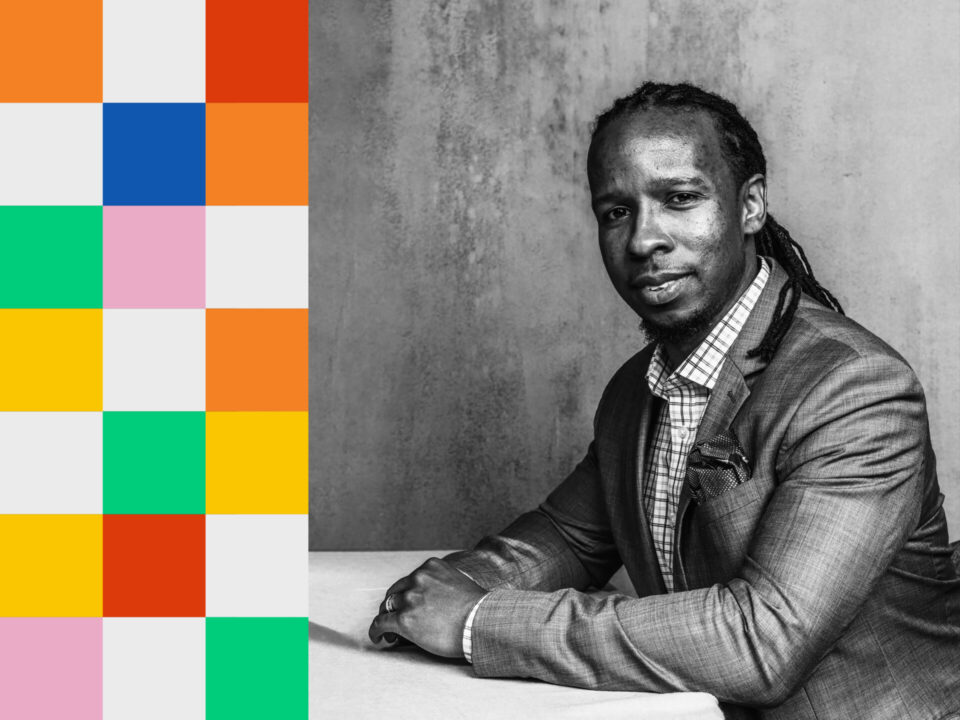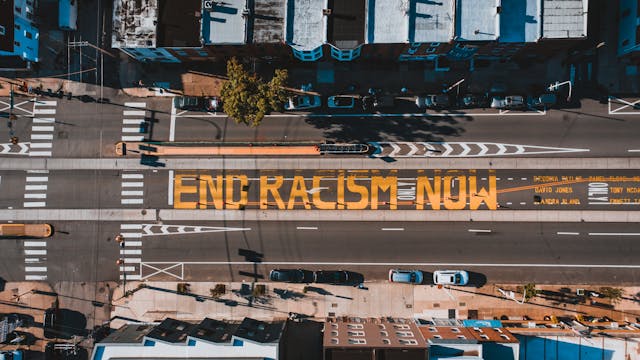Understanding White Fragility
Background and Origins: DiAngelo developed the concept through her experiences as a diversity trainer, observing common responses from White individuals when racism was addressed, such as defensiveness or dismissal.
Definition and Concept: White fragility refers to the discomfort experienced by White people when discussions about racism arise, as coined by Robin DiAngelo in her book “White Fragility: Why It’s So Hard for White People to Talk About Racism.”
Psychological Underpinnings: White fragility is viewed as a trauma response to the societal trauma of racism, leading to emotional reactions like anger or confusion. It stems from socialisation into a system that upholds Whiteness as the norm.
Critiques and Controversies
Presumption of Black Experiences: Critics argue that DiAngelo’s work makes presumptuous claims about Black experiences and may infantilise Black individuals by focusing solely on White reactions.
Racism in Anti-Racism Approaches: Some critiques suggest that anti-racist training overly focuses on race and undermines individual agency, erasing the accomplishments of individuals like Jackie Robinson.
Navigating White Fragility
Individual Work: Overcoming defensiveness and embracing discomfort is essential for personal growth and effective allyship. Accepting feedback and continuously learning are crucial aspects of this process.
Consideration of Perspectives: Understanding the nuances of racism and acknowledging one’s role in perpetuating racial biases is necessary for fostering empathy and understanding.
Education and Activism: Educating oneself on Black history and actively engaging in anti-racist activism are vital steps in dismantling systemic racism and supporting marginalised communities.
Conclusion
Engaging in the work of addressing white fragility and systemic racism requires a commitment to self-reflection, education, and activism. By acknowledging discomfort, challenging biases,
and advocating for equity, individuals can contribute to creating a more just and inclusive society.


